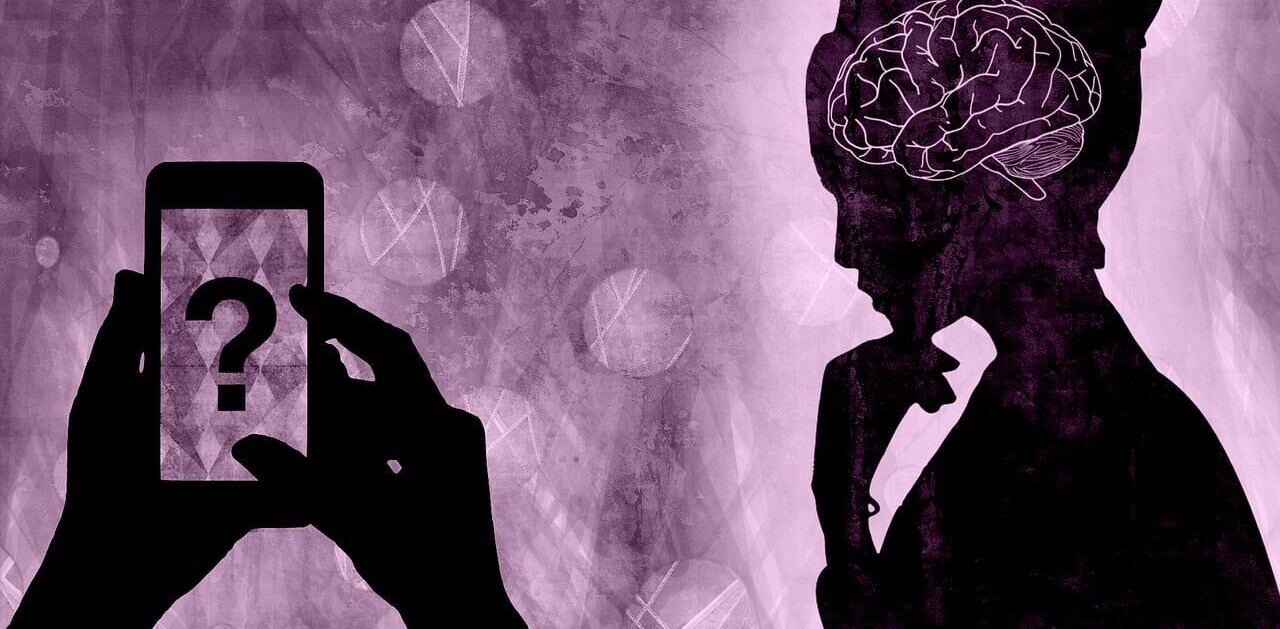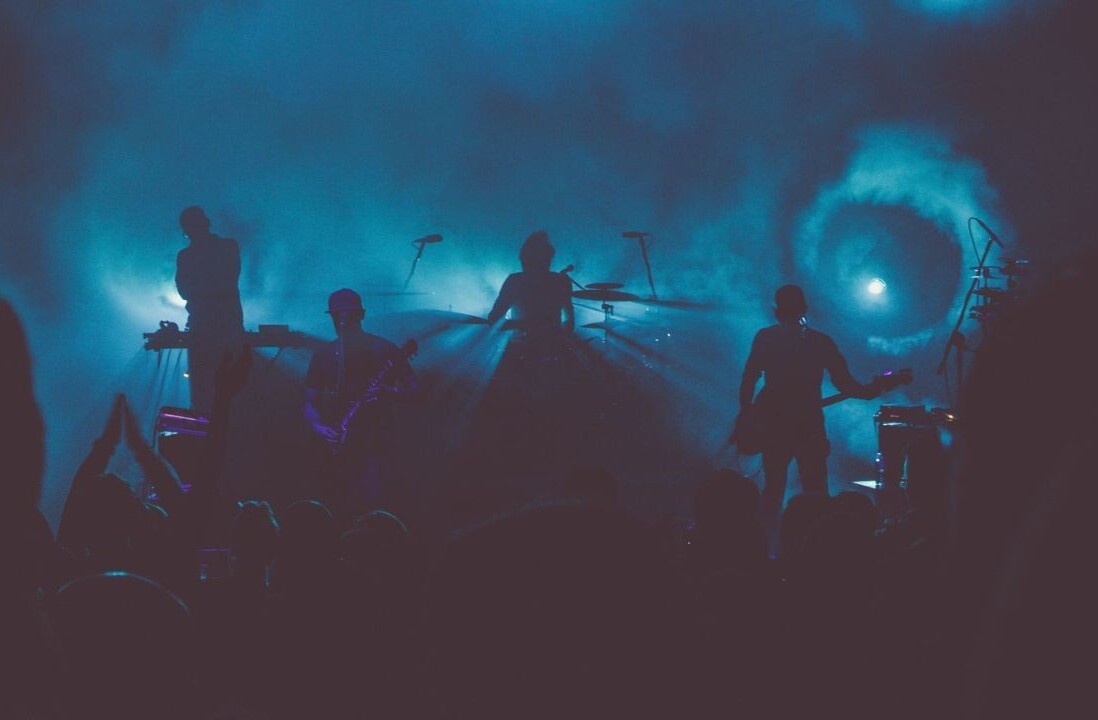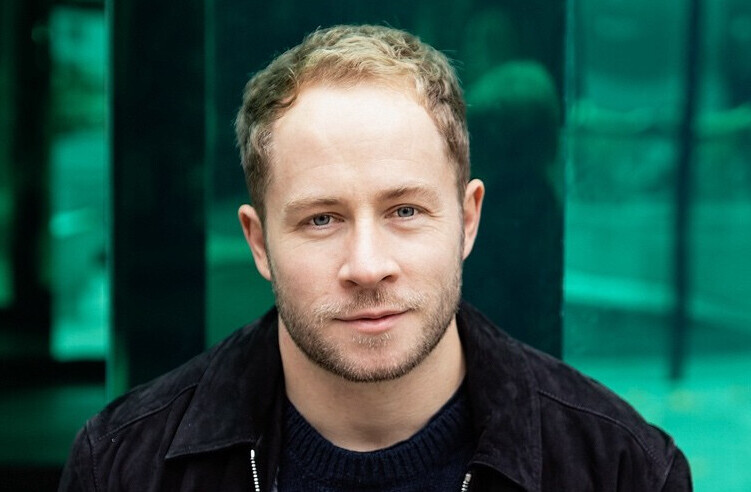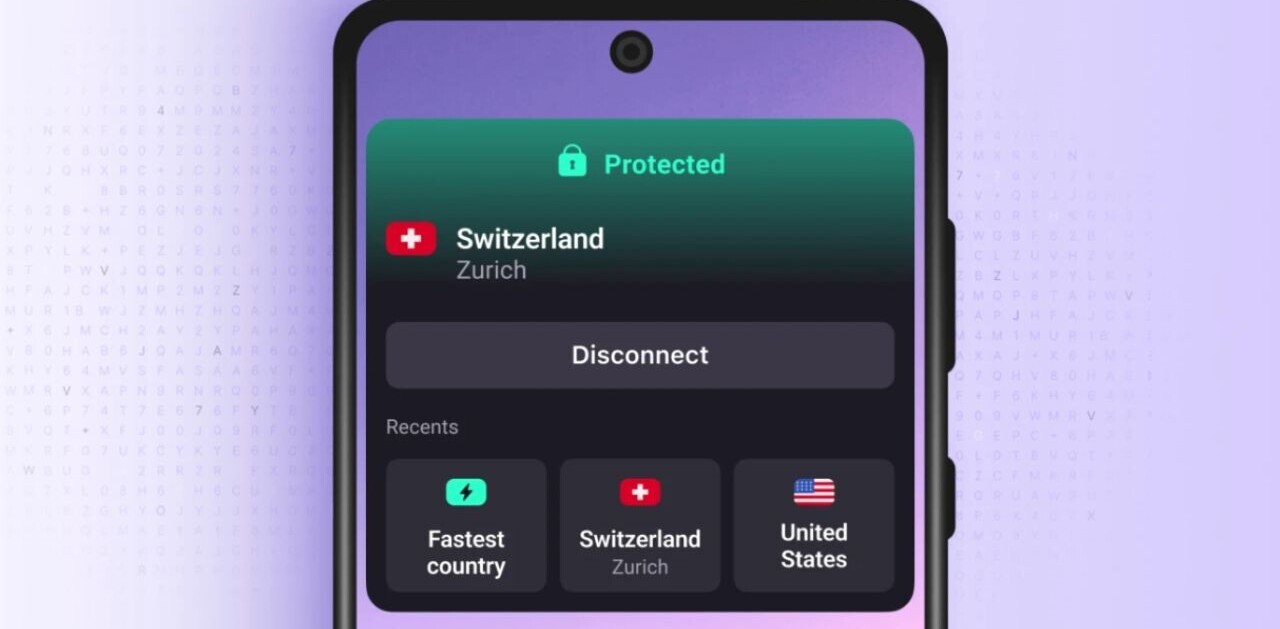
Welcome to TNW Basics, a collection of tips, guides, and advice on how to easily get the most out of your gadgets, apps, and other stuff.
Instagram introduced the ability for users to make their own augmented-reality filters last August, via the Spark AR Studio. Since then, we’ve seen a steady stream of user-made filters, and users have made some very creative ones that you’ll no doubt want to try out for yourself. So how do you get those effects on your face? It’s… complicated.
The filters have ranged from the generic to the geeky. One trend I’ve noticed in particular is “Which character are you?” filters, in which users essentially have a slideshow run over their heads of characters from various films, anime, and games. The filter stops on the character they supposedly most resemble. Yeah, it’s kind of dopey, but damn is it fun!
[Read: How to have different names in Discord servers]
So how do you find these filters? It’s not as easy as you might think. Instagram doesn’t allow you to search for filters from the actual camera — or anywhere, for that matter. You can “browse effects” by tapping the name of any given filter on the selfie camera, and it’ll show you a number of different filters in different categories.

As unsatisfying as it sounds to say, the easiest way to find the cool user-made filters is to look at the profile of the creators and go to the tab that looks like an emoji. From here you’ll see the filters they’ve uploaded, and select the one you like. A button at the bottom says “Try it,” which activates your camera and automatically applies the filter to you. Once you’ve tried it out, you can save it by tapping the name of the filter and selecting “Save effect.”
The other way you can attempt to find filters is to follow the hashtag associated with it. Usually it’ll eventually lead back to the creator, depending on how many people have used it. This is a bit more imprecise, but it can be used in conjunction with the first method, in that searching the hashtag is usually the easiest way to find who created the filter.
It’s a little tricky, and requires a little effort on your part, but if you want to give some of those filters a try, this is your option until Instagram implements a search function in its effects menu. Good luck!
Get the TNW newsletter
Get the most important tech news in your inbox each week.







